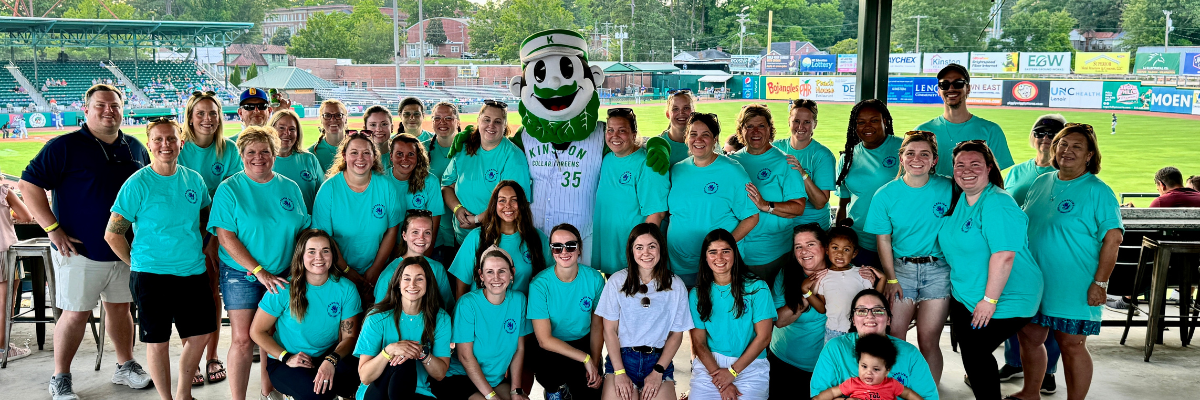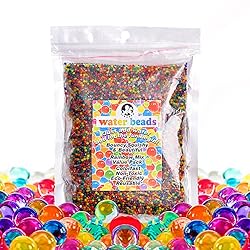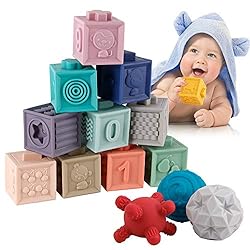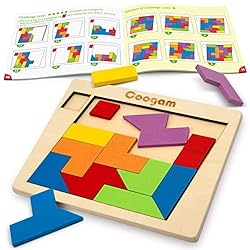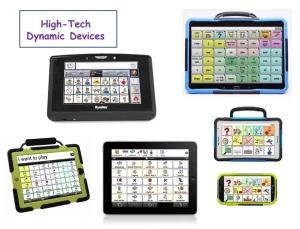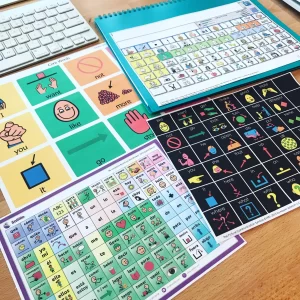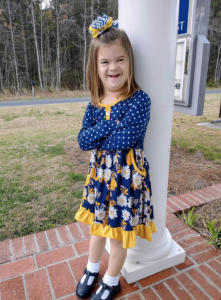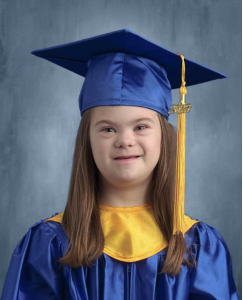Why is Play Development Important for Children?
An essential component of a child’s learning is through play. Play builds the foundation of teaching children how to communicate with others, solve problems, and develop new motor skills. Play often involves spending much time on the floor being silly, making animal noises, or acting out your child’s favorite nursery rhyme songs. Play appears too fun to be therapeutic in speech therapy sessions, right? However, that’s when the magic truly happens! Understanding why and play development for children’s communication skills is helpful.
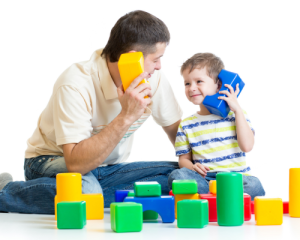
Different Types of Play Development for Children’s Communication Skills:
-
Functional Play
-
- Begins before two years old. It is the most common play among infants, toddlers, and young children. Functional play is when toys or objects are used according to their intended function, such as rolling a ball, pushing a car on the floor, banging blocks, etc.
-
Relational Play
- Also, it can begin before two years old. Children who engage in relational play often use (manipulate) items to discover how they relate to one another. Examples of relational play include feeding a teddy bear, stacking blocks, or grouping objects.
-
Self-Directed Play
- Begins before two years old as well. Self-directed play is when children use toys or objects toward themselves. They determine and control the content and intent of their play by following their own ideas and interests. Toys or objects offered to children are simple and can be play-doh, crafts, pretend food/clothes, etc.
-
Parallel Play
-
- Begins around 2 to 3 years old. This play involves children independently playing with the same toys/objects next to each other. However, they are being very observant. At this point, the child is more aware of their presence around others. The child has increased interest and acknowledges that the other person is playing similarly to them. Most often, they will begin to imitate based on peer modeling. Thai type of play can be seen when two children are playing with their own farm animals, making animal sounds but not interacting.
Now That We Know Play Development, How Do We Help Children Improve Their Communication Skills at Home?
- Set up your environment so that the child can better focus
- Engaging and joining in on the child’s interests
- Follow the child’s lead
- Gradually introducing new toys and sensory experiences
- Some children need exposure to a new toy over time before initiating a purposeful interaction on their own 🙂
- Modeling how to play with the toy and gradually fading support
- Providing rewards with successful attempts at play
- Encouraging the child to imitate sounds and words (e.g., go, uh-oh, neigh, etc.)
- Ask open-ended questions like “What should we make?” “Where should this go?” “What should we feed the dog?” by using toys such as animals, blocks, and/or cars.
- Incorporating play based on various contexts (e.g., Play with a sibling and/or peer)
Activities to Try at Home:
- Bubbles
- Cars, trains
- Books
- Blocks, Legos, or Nesting Eggs
- Baby doll/dollhouse
- Magnetic Tiles
- Ball
- Singing nursery rhyme songs
- Farm set / Kitchen set
- Potato Head
- And MUCH MORE 🙂
“Play is our brain’s favorite way of learning,” said Diane Ackerman.
How can Carolina Therapy Connection Help?
Further questions or concerns regarding play development for children’s communication skills? A Speech-Language Pathologist can support your child and provide parent education/training to best support your child’s communication development. Play in speech therapy increases the child’s motivation, increases communication opportunities, strengthens the development of other developmental skills, and more!


